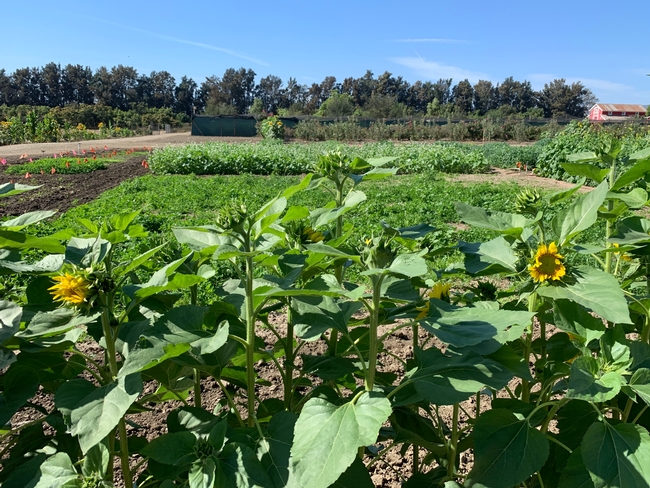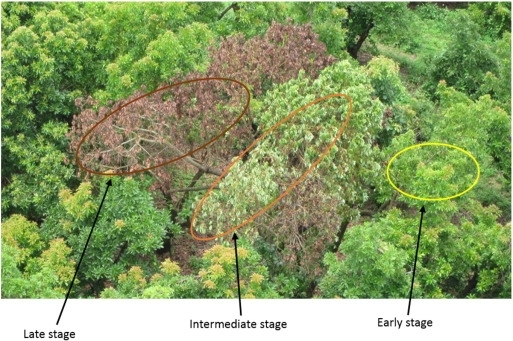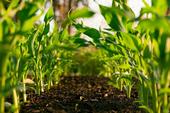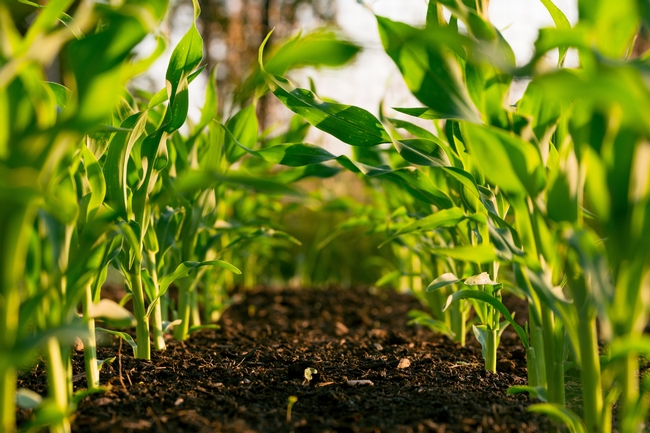
UCCE Ventura County- Blogs
Cover Crops Workshop
Come hear about cover crops and how we measure their effects on soil and improved growing conditions

cover crop trail Hansen
Avocado Survey for Ambrosia Beetle
Ambrosia Beetle Research Project Seeks California Avocado Groves to Survey
Dr. Paul Rugman-Jones is collaborating with University of Florida researchers on a project called, "Sustaining avocado production in the face of the lethal laurel wilt disease". As part of this project, he is looking to survey California avocado groves located in Ventura, San Diego and Riverside/San Bernardino Counties.
Currently, laurel wilt in Florida is spread — particularly in avocado — by several ambrosia beetle species. While California does not yet have laurel wilt or the red bay ambrosia beetle, through his research Dr. Rugman-Jones hopes to pre-emptively gather knowledge that will help the California avocado industry prepare in case that were to change.
Dr. Rugman-Jones seeks to sample at least two commercial California avocado orchards in each of the above-noted counties three times in 2025 and 2026 — in the spring, summer and fall. On the first visit each season, a series of Lindgren funnel traps will be placed in the orchards and baited with known ambrosia beetle attractants. The traps will be not allow the insects to escape. The contents of the traps will be collected after two weeks, refilled and then recollected after two weeks. During the visits, he will walk the groves looking for evidence of ambrosia beetle infested branches. With the permission of the grower, he would remove and bag those branches for study at a quarantine facility.
In addition to avocado, he will conduct limited surveys of California Bay Laurel and Camphor tree, both of which are susceptible to laurel wilt, and may provide a network of inoculative sources for secondary translocation of the laurel wilt pathogen into avocado orchards.
Growers who are interested in participating in the study should contact Dr. Rugman-Jones at paulrj@ucr.edu.

laurel wilt stages
Food Waste and Climate Resilience

Tackling Food Waste for Climate Resilience Reducing food waste is a critical strategy for addressing food insecurity, mitigating climate change, and enhancing economic productivity. Achieving the goals set by the United States Department of Agriculture...

Resilient Food System
Inside the Avocado
A new way of looking at plant nutrition? Frost damage? Disease? Heat damage?
"Laser view" into the avocado: New method reveals cell interior
Research team at the University of Göttingen develops method for recognizing cell properties
Checking whether an avocado is hard or soft by looking at it? This would require recognizing how the plant cells behave behind the skin. The same applies to all other cells on our planet: Despite more than 100 years of intensive research, many of their properties remain hidden inside the cell. Researchers at the University of Göttingen describe in their recent publication in Nature Materials a new approach that can determine the particularly difficult-to-detect mechanical properties of the cell interior by taking a closer look.
Cells are the basic units of all life and their precise understanding is a key factor in the progress made in medicine and biology. Nevertheless, research on them is still challenging because many methods destroy the cell during analysis. Researchers at the University of Göttingen now pursued a new idea: they used the random fluctuating movement that all microscopic particles perform. To do this, they first simulated the expected fluctuations and then checked the predictions using optical laser traps that can precisely control microparticles. Using this approach, the research team was able to analyze the movement of microscopic particles – with precision in the nanometer range and a time resolution of around 50 microseconds. In addition, the analysis also takes into account the history, i.e. past movements. It turned out that many objects always want to return to a certain place after having moved away randomly. The researchers used this tendency to return to a previous position to define a new quantify, the so-called mean back relaxation (MBR).
This new variable now serves as a kind of fingerprint: it contains information about the causes of the observed movements. This makes it possible for the first time to distinguish active processes from purely temperature-dependent processes (Brownian motion). "With MBR, we can obtain more information from the object movements than is possible with the usual approaches," explains Professor Matthias Krüger from the Institute of Theoretical Physics at the University of Göttingen.
In order to make statements about living cells, the researchers applied the method to the inside of living cells. "As our knowledge of the inside of cells is still limited, it was initially unclear whether the MBR could also be used here. When I saw the resulting curves, I could hardly believe my eyes, because the inside of cells could be described very precisely using the approaches we had originally worked out for much simpler situations ," marvels Professor Timo Betz from the Third Institute of Physics, head of the experiments.
"The results show that the combination of a close look and new, intelligent analysis methods can provide insights into whether the inside of cells is soft, hard or liquid," says first author of the study, Till Münker from the Third Institute of Physics. The work was co-funded by the European Union as part of an ERC Consolidator Grant.
Original publication: Münker, T. M. et al. Accessing activity and viscoelastic properties of artificial and living systems from passive measurement. Nature Materials 2024. Doi: 10.1038/s41563-024-01957-2.

avocado pit
Ag Help Manual
Ag Help Wanted is an educational guidebook designed to assist every person who currently manages or expects to manage human resources on farms, ranches, nurseries, dairies, and other agricultural operations.
The book can be used as a source of ideas for improving management policies or practices, an occasional reference in coping with problems that arise, or a base for systematic study of human resource management in agriculture.
It presents principles, practical examples, regulatory considerations, and leads to more references that all help equip managers to make choices that are reasonable, legal, and ultimately effective for both their businesses and the people they employ.
Click here to access Ag Help Wanted Highlights covering the book content in English and Spanish.
Click here to access Ag Help Wanted Updates with recent material updating chapter content in both English and Spanish versions.
Ag Help Wanted is published by the Western Farm Management Extension Committee. Land-grant university educators from seven states and one Canadian province contributed to its development.
For more information or to access many of these materials online see: https://aghelpwanted.org/.

ag help


